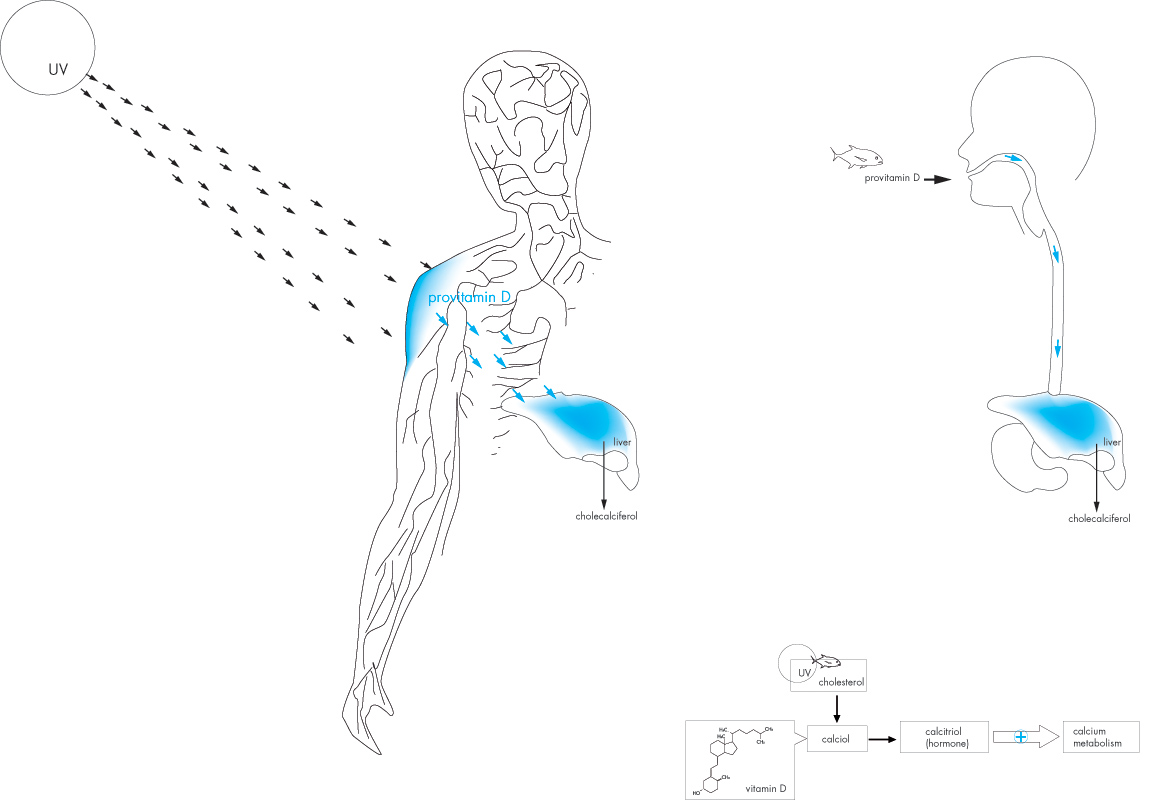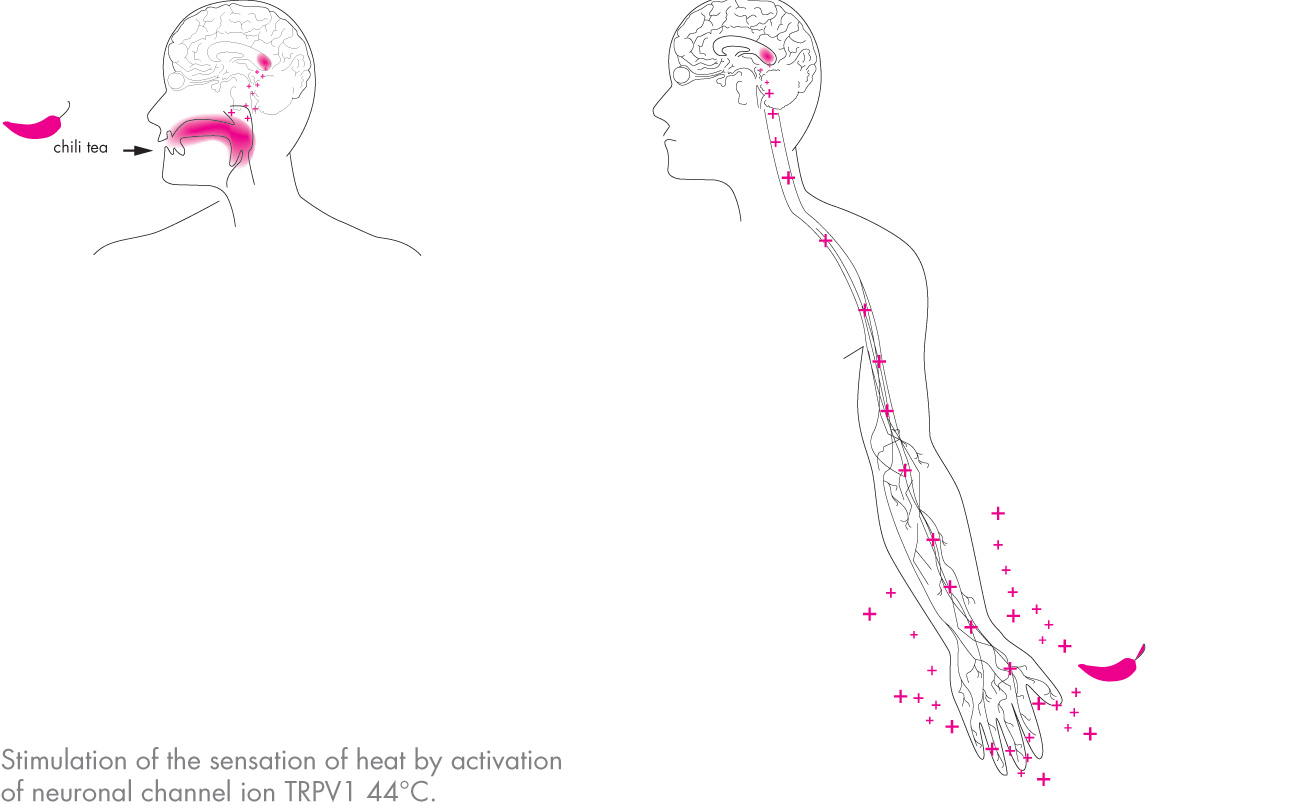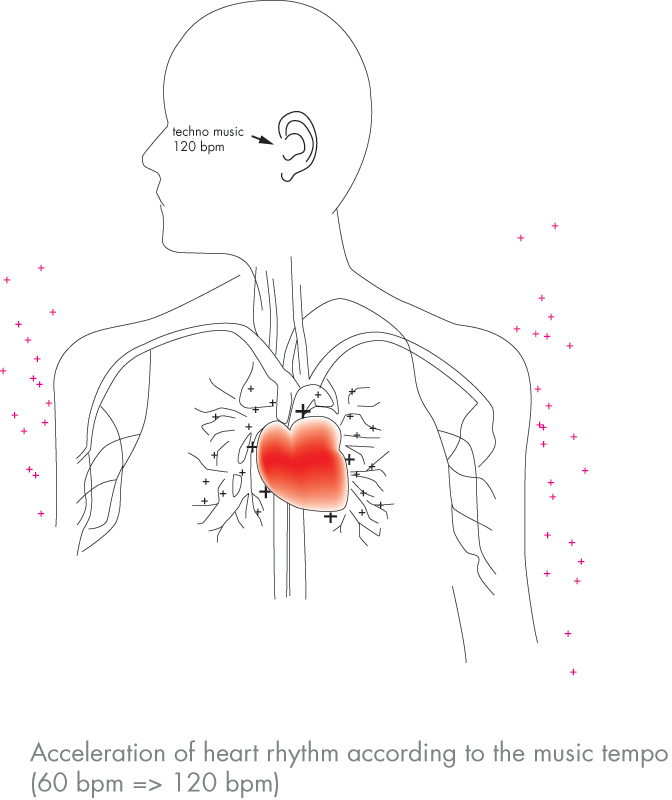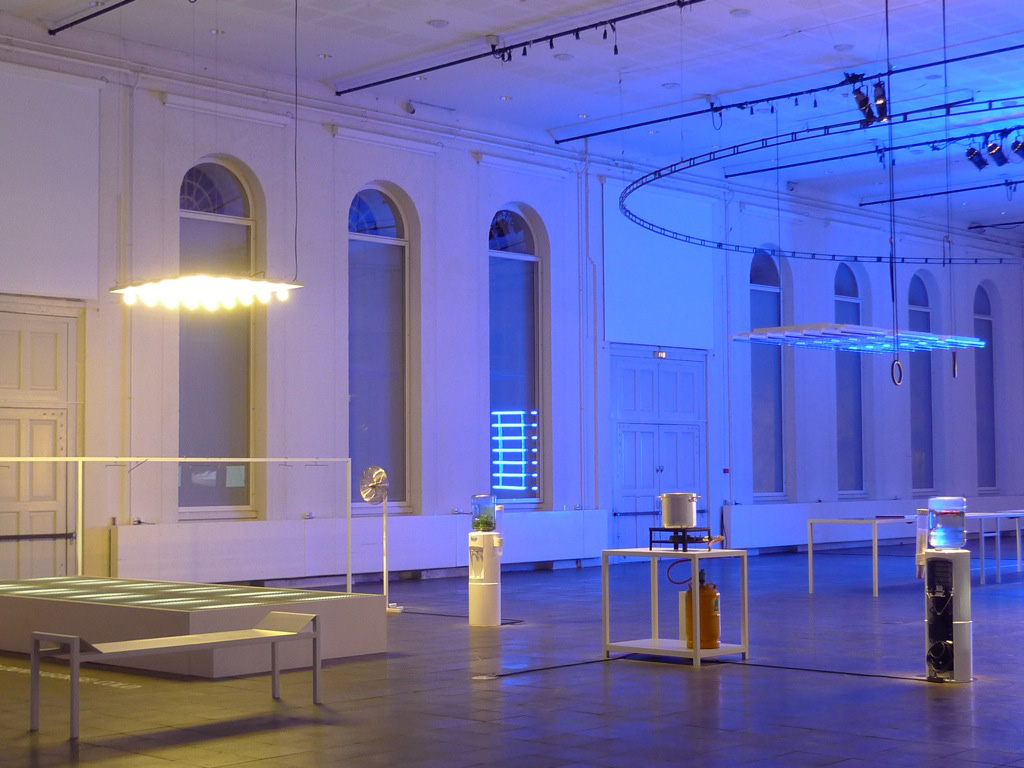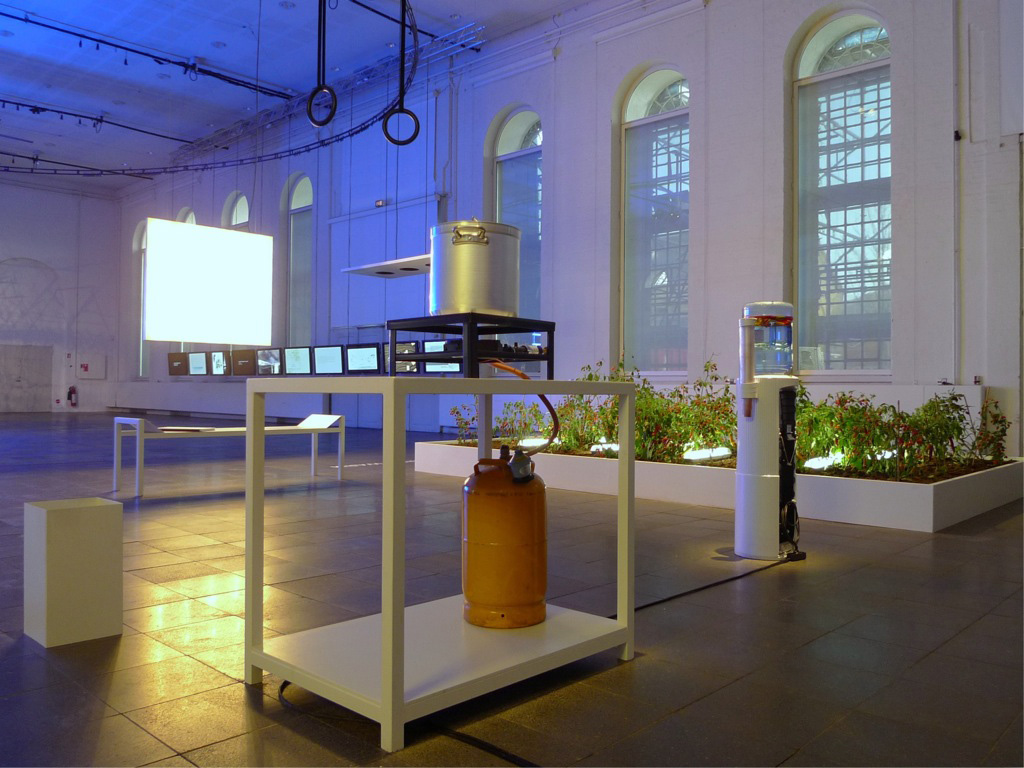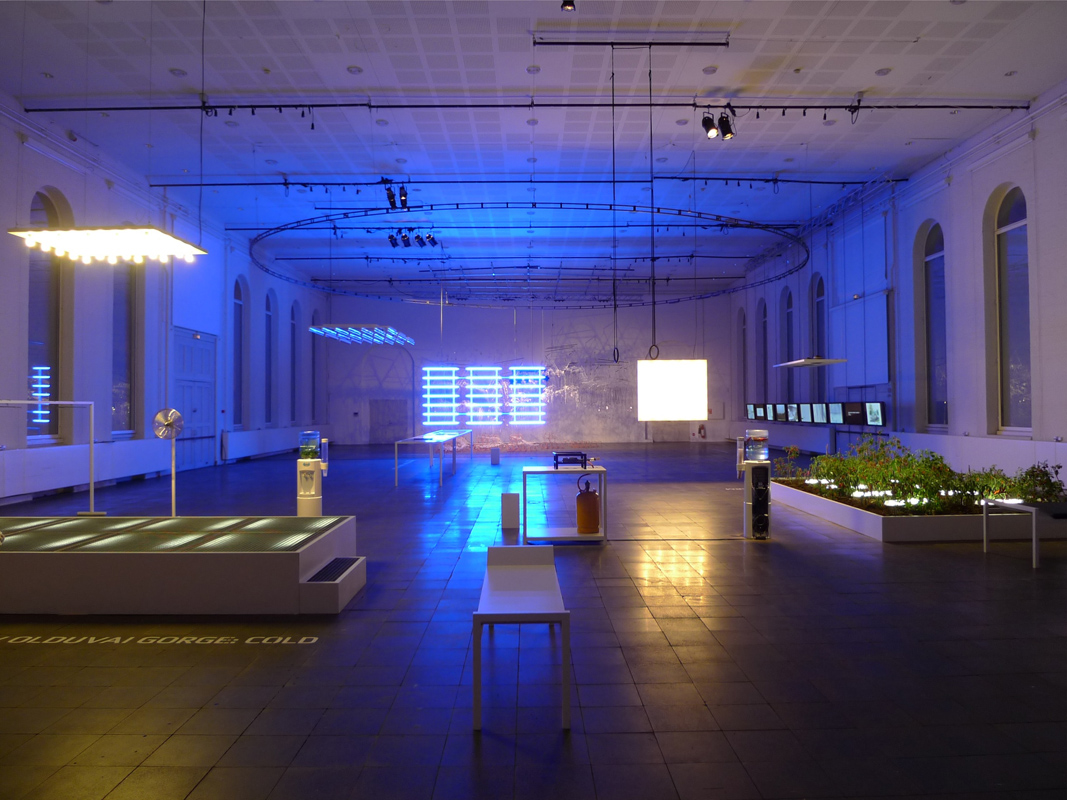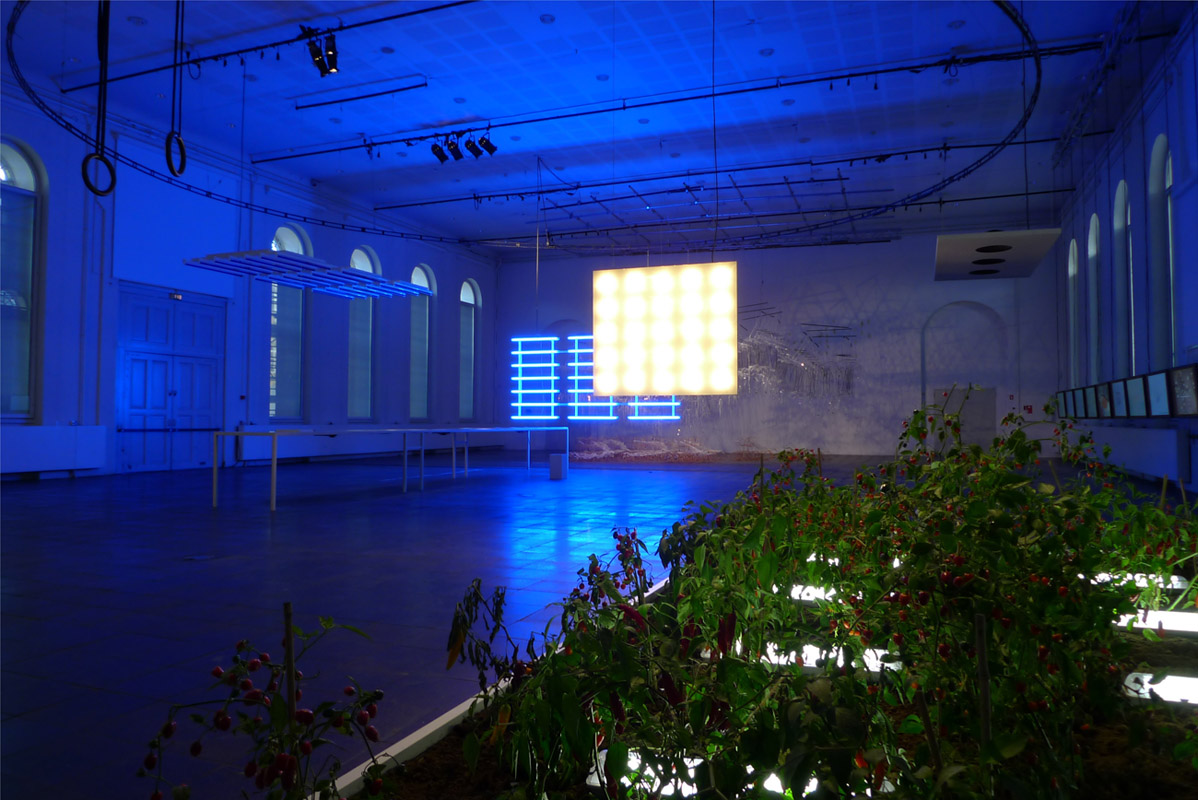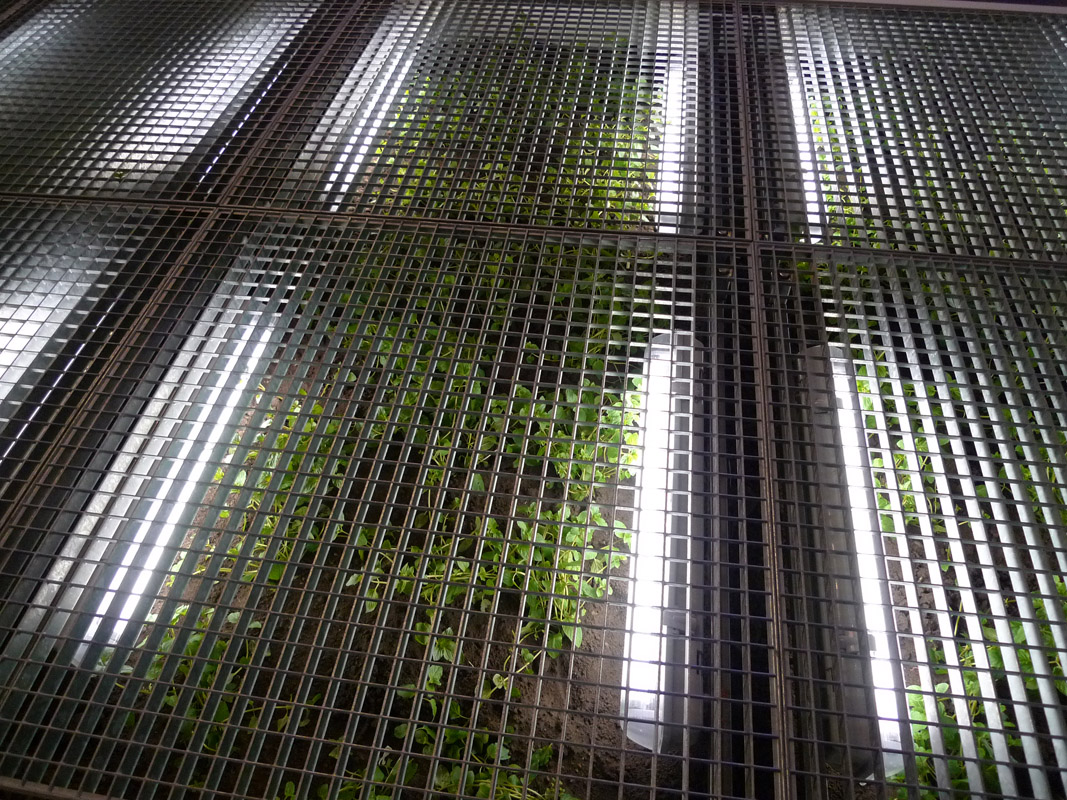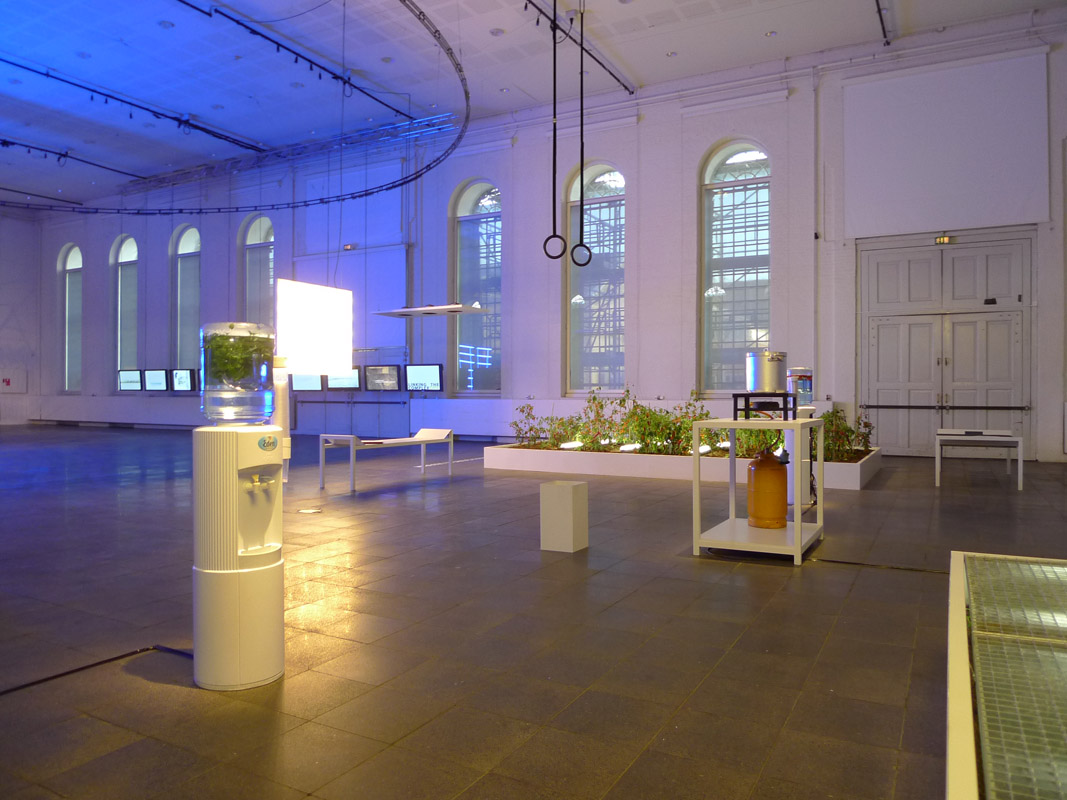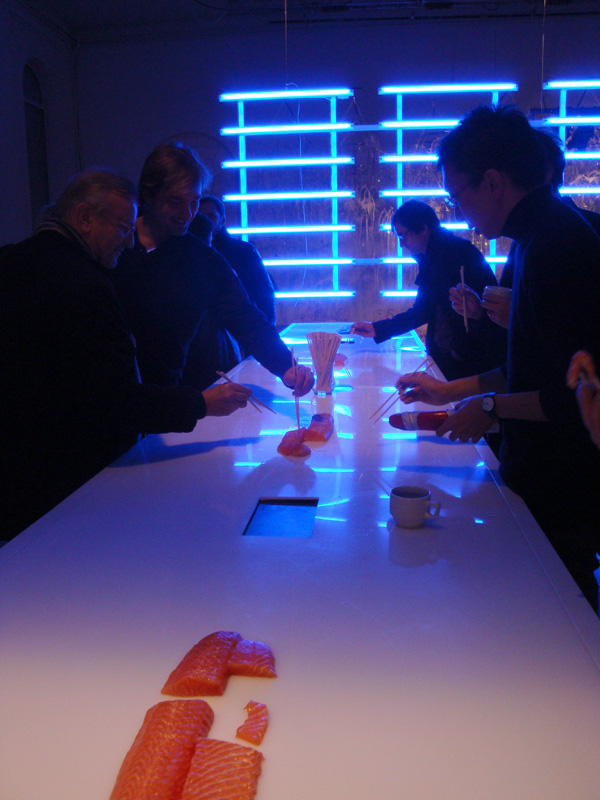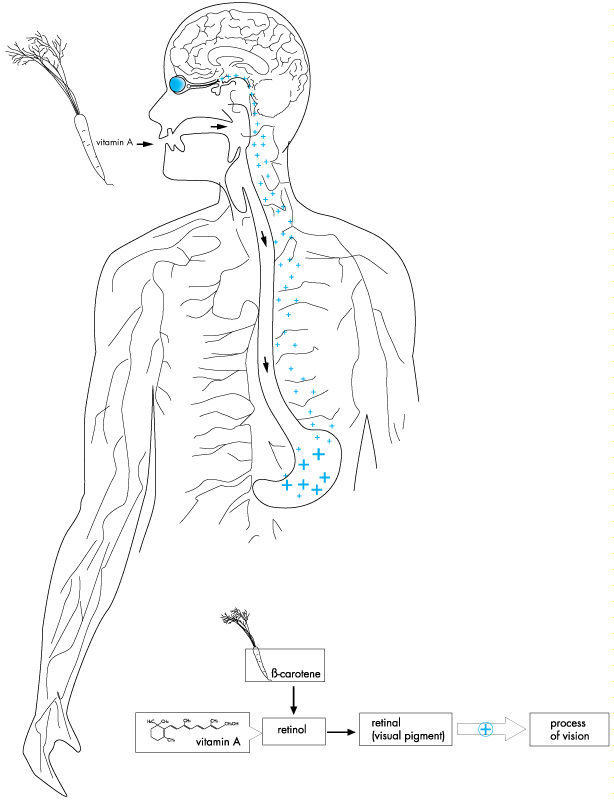
click
images fullscreen
< > 1 2 3 4 5 6 7 8 9 10 11
The new Olduvai Gorges
If we want to know the essence of architecture, we finally have to return to our "endothermic" condition: the necessity of maintaining a body temperature at 37°Celsius. Architecture exists because of the enzymes necessary for the biochemical reactions of the human metabolism. Present by billions in our body, these molecules can work in an optimal way only at a temperature between 35 and 37,6°C. So man has to maintain his constant physical temperature independently of the outside temperature. For that purpose, he composes with internal means of his own body such as various mechanisms of physiological thermoregulation and external means of the body such as clothing and/or construction of shelter. So architecture is not autonomous. It really goes into the range of the means to maintain our temperature close to 37°. It is an answer to a steep decline or increase of the body temperature with, by examples, vasodilatation mechanisms, sweating, thirst, or muscular contractions. These answers are remotely applied or associated. They develop themselves from nature to artificial, microscopic to macroscopic, biochemical to meteorological, food to urbanization, between physiological determinism and pure cultural freedom. In this mission, architecture appears as a bigger way of vasoconstriction, or, conversely, feeding appears as a smaller variant of architecture. Because finally architecture is nothing else than a shape increased by mechanisms of physical thermoregulators, an increased form, exogenous change, and artificial thermogenesis or thermolysis.
From an anthropological point of view, when we think that we are too cold, or the opposite, when we think that we are too warm, we find the cause outside of ourselves, in an inadequate outside climate, at an atmospheric level. And we try to make this outside climate comfortable by correcting it - that is the origin and the mission of architecture. In reality, the first signs of architecture are physiological and totally internal and autonomous, to perspire if it is too warm or to shiver if it is too cold. They are the first answers to a rise or a reduction of the body temperature due to an unfavorable thermal environment. Then, in the simplest way, the most rudimentary gestures come, that to drink if it is too warm to lower temperature by evaporation, or to eat if it is too cold to launch the combustion process of nutriments which will produce some heat in the body.
After these endogenous corrections, if nevertheless the body does not manage to compensate the too cold or too warm temperature of the outside environment, the range of the geographical corrections develops. First action of correction is a movement, that of migration or transhumance, to move, to change place, to pass from the cold to the warm environment, to put ourselves in the sun or in the shade. The second action is to get dressed or to undress, to wear white clothes that reflect the heat or to dress thick clothes which isolate. The third action is the one, to build shade and freshness artificially or to build sheltered places, without air movement and warm. These exogenous measures which we take from the outside world are only an outside body projection, outside a phenomenon of thermogenesis when it is too cold, or of thermolyse when it is too warm. To paraphrase Vitruvius, architecture in cold countries or winter appears as an increased, exogenous thermogenesis, outside the body. And architecture from warm countries or summer gives itself as an exteriorized thermolyse, correcting artificially the uncomfortable part of nature.
Thermogenesis is the greate production of heat in the body in case of cold. It comes in consequence of a sports activity or absorption of food. It consumes a lot of energy. By thermogenesis, we activate shivers, we stimulate metabolism, and various hormones that warm up our body to maintain it around 37° C. On base of thermogenesis, we find food, mainly proteins, that is meat or fish, and also sugar. The main part of the food is used for this mechanism. The digestion of proteins, their combustion in Krebs' cycle in particular, provokes a strong heat, increasing the body temperature.
Eating is an internal form of the same process of thermal reactions as the one urging us to build houses in cold climates. Also, typical constructions from warm countries, riads, porticoes, thick walls, are exteriorized forms of thermolysis, this function of the body, which serves to dissipate surplus of heat by vasodilatation or sweating.
It might seem surprising to want to go back to the profound understanding of reasons and means of architecture, but the problem of global warming suddenly brings the climatic mission, the responsibilities of architecture into mind. Architects of today investigate the extent of architectural means, making sense of sustainable development. They have to understand how they can limit energy consumption and production of greenhouse gas and, as we know, it is all about the reduction of spent energy in buildings, in heating, etc. Today, we know measures to be taken concerning urbanization. We advocate essentially for a densification of the city and for a concentration of functions to limit wasted energy in movements. We take measures now concerning building where we advocate, on one hand, for the use of renewable energy and, on the other hand, for a considerable improvement of heat insulation of the building envelope coupled with a controlled renewal of air. But do we have architecture acting on a more moderate, finer, smaller, thriftier level? Less heavy, less present architecture, a diluted, almost homoeopathic architecture, but still having the ambition of a climatic correction of elements which need to be respected? Today, we would like to go further down in scale of measures of climatic corrections in order to investigate sensitive zones closer to the body, on the limit of our skin, to reach the point where architecture dissolves and becomes pure thermogenesis.
But don´t let us make a mistake! If this search consists merely in saving energy spent in the building and in fighting global warming, it is also a question of discovering new modes of houses and spatial compositions, of elaborating new strategies of design and beauty, where scales mix, where architecture becomes as much construction and structures as food and sweating.
The exhibition at the School of Architecture of The Royal Danish School of Fine Arts is a part of this kind of strategy. It provokes emergence of new architectural solutions without acting any more on demarcation around a comfortable climate where the body temperature can remain effortlessly in 37°C, but in the appearance, from the inside, from endogenous architectural solutions. It investigates microscopic, digestible, electromagnetic forms of architecture, somewhere between dietetics, thermogenics and aesthetics. We have created three stations in the exhibition room, three spots, which each of them answer to an uncomfortable climatic situation that we could find on the earth. An answer to a too cold climate by adding more warm, an answer to a too warm climate by adding coolness and finally an answer to a too dark situation by adding more light.
More warm
The first spot is place where we find different solutions for stimulating an endogenous thermogenesis which develops little by little outside the body without ever becoming garment or house. Our work begins at this moment, by recomposing space from necessities of the body, by mitigating one by one lacks and deficits. Architecture is here a juxtaposition of elements which each answers a lack, an incapacity, those provoked by the coolness of Danish winter for exemple. Architecture closer to and in the body, which brings element by element answers, heat, nutriments. - a black polyethylene platform, matt, squared, to get at most the present electromagnetic radiations from the room, to trap and transform them into heat. - a grating platform under which is a field of hot peppers (heating in the earth) enlightened around by photosynthesis lights. Hot peppers stimulate Ionic channel and neurotransmitter TRPV1, the one that detects temperature sup to 44°C and also bustles in presence of «capsaicin», a molecule we find in red hot pepper. The «capsaicin» and temperatures up to 44°C stimulate the TRPV1 which activates the sensation of strong heat. - a device to produce warm tea with hot pepper to drink the heat of hot peppers - a cup distributor for tea - a professional cooking device for boiled meat to ingest proteins which constitute fuel of the body produced heat to maintain temperature at 37°C. - forks like for «fondue Bourguignone» or wooden sticks - a techno music spread by directional speaker with a beat 120 BPM to help heart rhythm to increase from 60 beats per minute to 120 beats per minute, so increasing metabolism and muscular activity generating a surplus of heat. - a bench for five persons, to muddle and share human heat.
More day
The second spot is the place that increases the level of light in the decrease- period of sunshine and the short days of winter in northern latitudes, remote from equator, plunged into winter. Architecture provides here endogenous solutions to the deficiencies in vitamin D, vitamin A, melatonin provoked by the absence of sun light. - a visible carrot field, which we can eat from to improve the nightvision and supplying vitamin A. - a horizon of ultraviolet ray, to allow synthesis of vitamin D, missing because of the short duration of winter days in Denmark. - an electromagnetic radiance in 470 nanometers to block secretion of melatonin engendered by the weakness and absence of daylight. - a rectangular table (polyethylene) covered with oily fishes like salmon, trout, halibut, herring, sprat and mackerel uncooked presented in sashimi, to be eaten to bring to the body vitamin D, normally brought by the sun.
More cold
A grating platform under which is a fields of mint plants (heating in the earth if necessary). Menthol stimulates Ionic channel and neurotransmitter TRPM8, the one that detects temperature under to 15°C and also bustles in presence of «menthol», a molecule we find in the mint. The «menthol» and temperatures under to 15°C stimulate the TRPM8 which activates the sensation of coldness. - a fountain of fresh water with mint infusion. - a fan which create a movement of the air which provide a feeling of freshness to the body - a wardrobe with coat hangers to strip ourself for removing the thermo isolation layer of the clothes
team
Aurore Chartierclient
The Royal Danish Academy of Fine Arts, School of Architecturelocation, date
"Climate and Architecture" exhibition, Copenhagen, Denmark, 2009^
